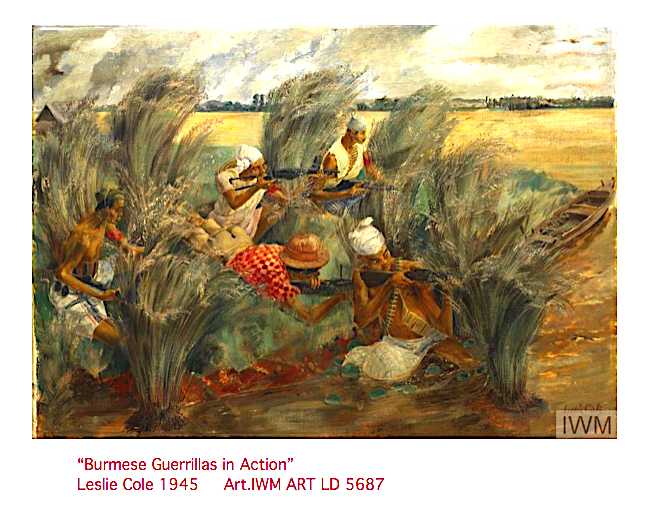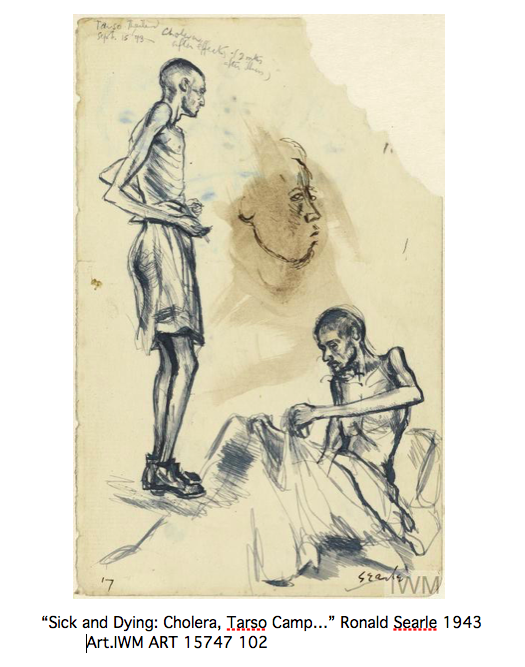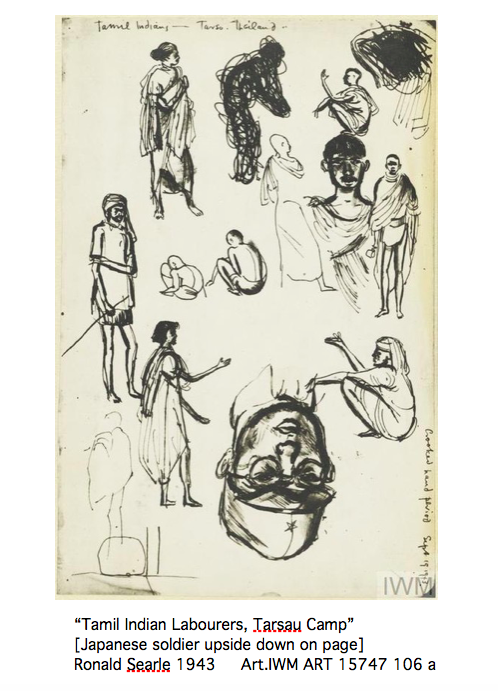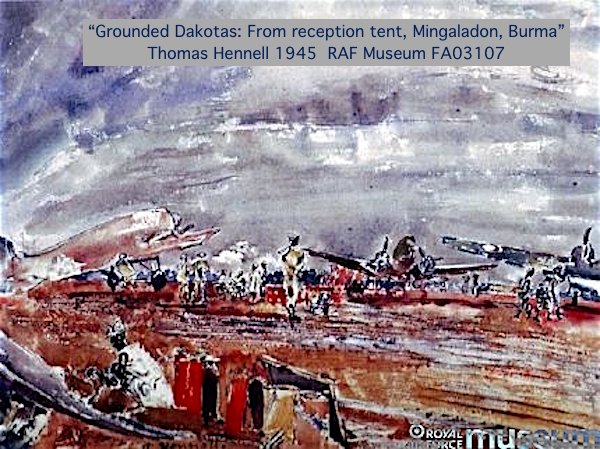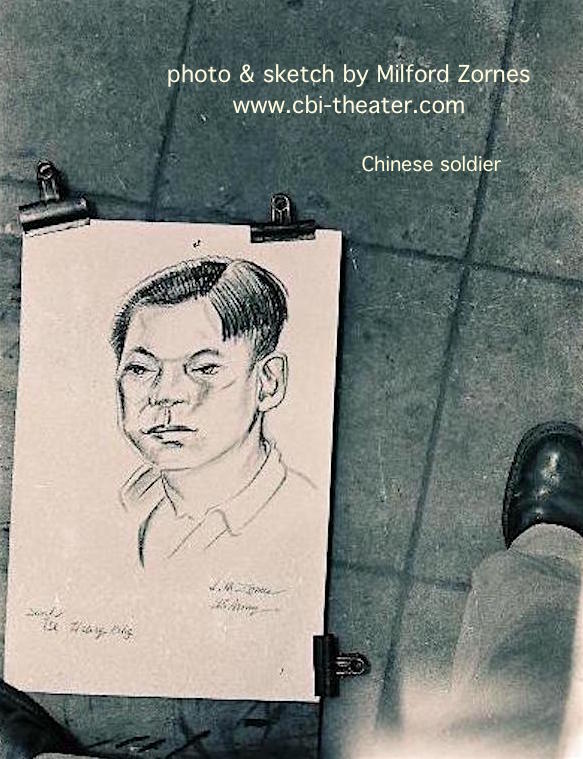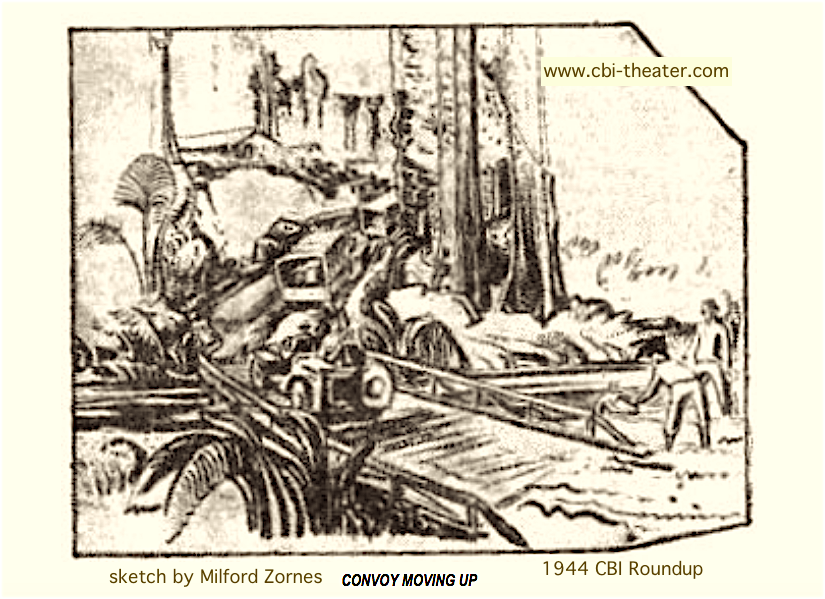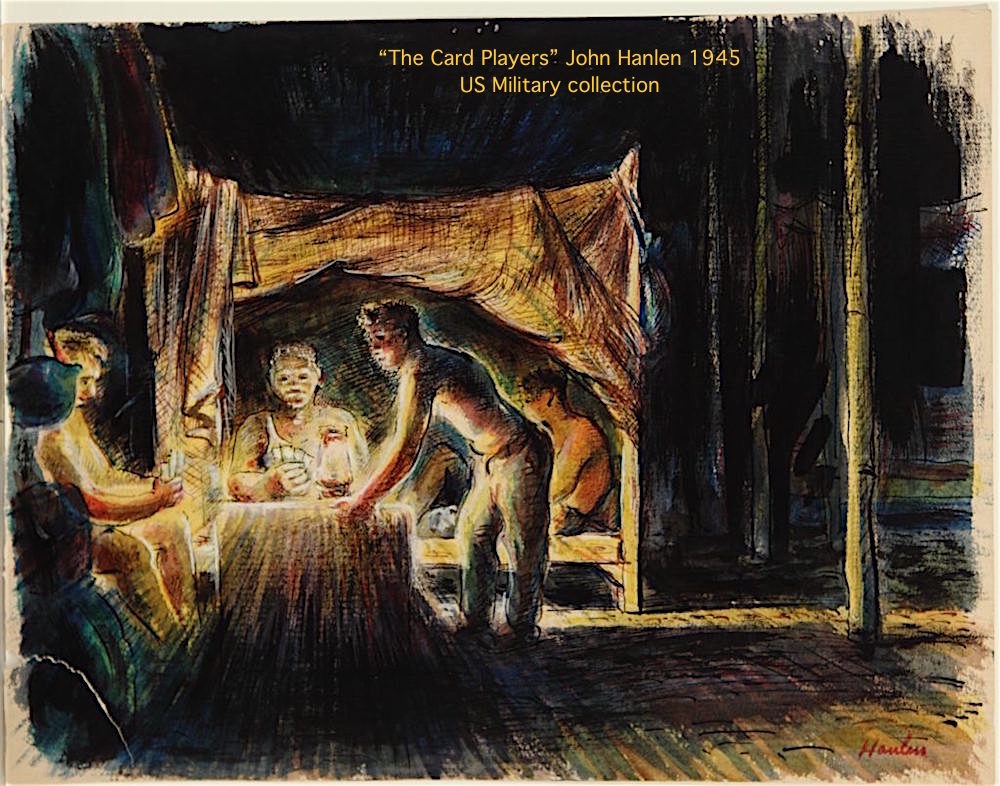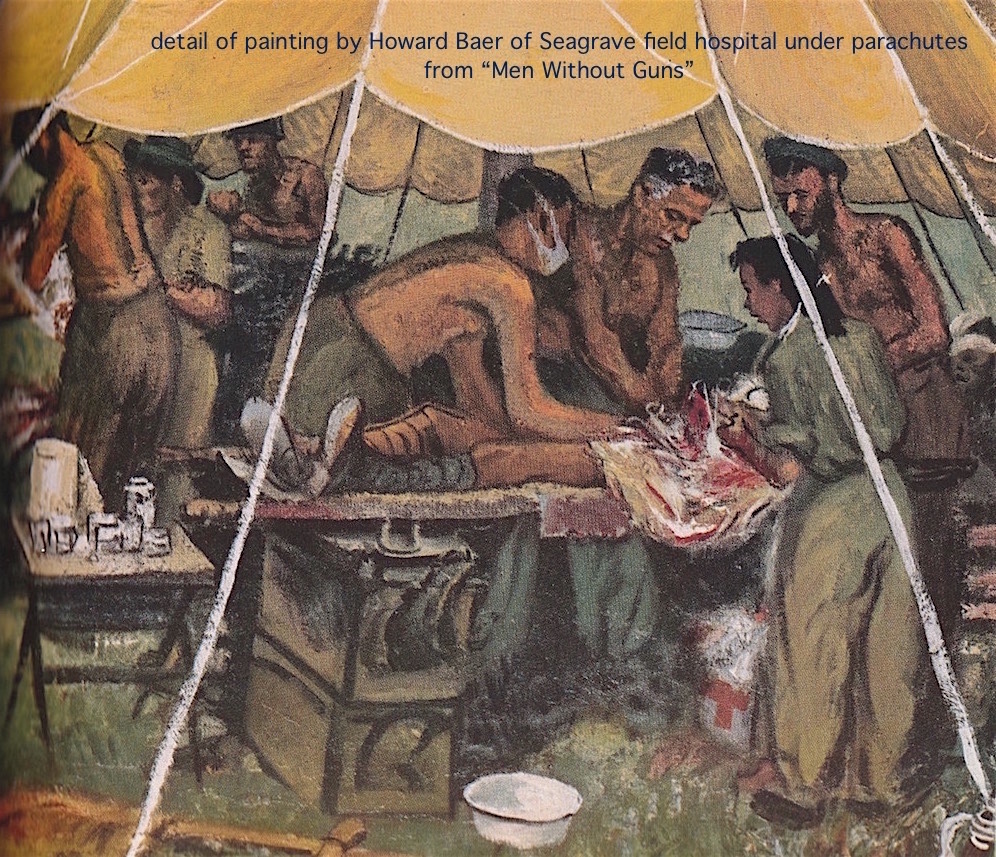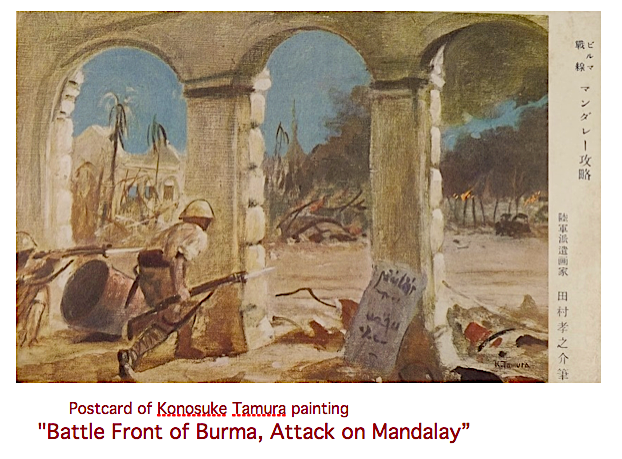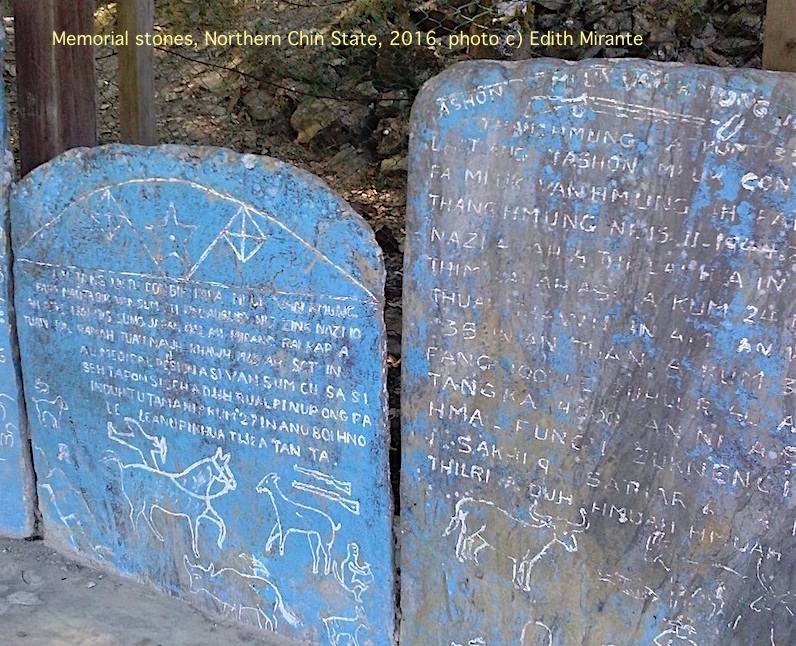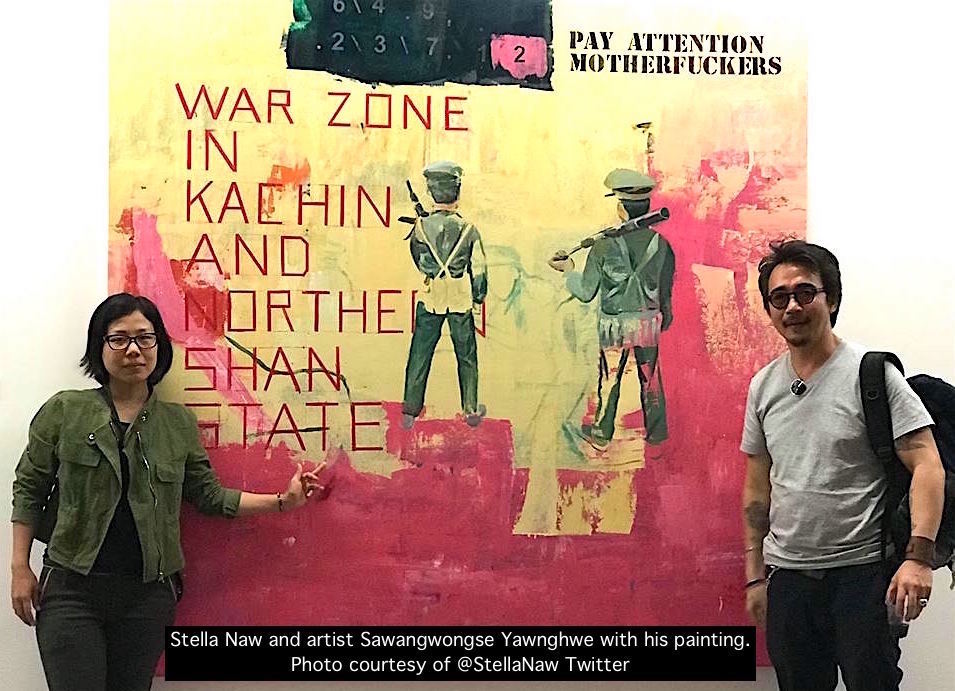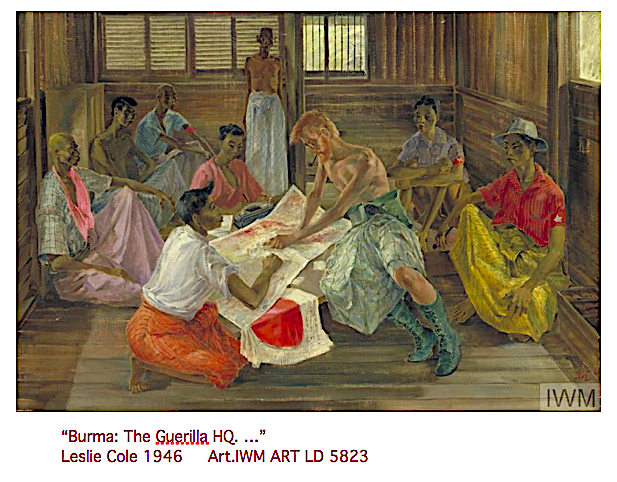1. This History Thread is about #WarArtists in World War 2 Burma. It’s based on “Drawing Soldiers in Burma: Reflections on the War Artists” (recently published in Global City Review) my essay on artist Anthony Gross & roles of artists in conflict zones. https://globalcitypress.com/drawing-soldiers-in-burma/
2. Britain’s War Artists’ Advisory Committee (WAAC) devised 1939 by Kenneth Clark & John Betjeman to commission artists in non-combat roles for representational works. Most portrayed home front, notably Henry Moore & Carel Weight images of the Blitz & Evelyn Dunbar’s Land Girls.
3. Other British WAAC artists went overseas. Artist Against Fascism Eric Ravilious painted Naval action, d. 1942 plane missing off Iceland. Edward Arrdizone in North Africa, Italy & France. Edward Bawden’s wartime locales included Egypt, Ethiopia, Iraq & a Casablanca POW camp.
4. Anthony Gross perhaps most widely traveled British WAAC artist: D-Day, Syria, Iran, Burma. Arakan (western Burma) 1943. Painted British Army Indian soldiers & other colonized people in Allied war effort. (Other Indian troops joined w. Japan as a way to fight for independence.)
5. Gross painted battles on Arakan coast, including British casualties in “Battle of Donbaik, Royal Inniskilling Fusiliers on the Beaches.” “You weren’t going to run your luck too long,” Gross commented on Arakan, “met some delightful people who since disappeared, were killed.”
6. Gross journeyed north to Burma’s Chin Hills, where #Indigenous peoples in Chin Levies & Chin Hills Battalion resisted Japan’s push toward India. Post WW2, traditional independence of Indigenous hill peoples led to decades of armed resistance vs. Burma’s military oppression.
7. Gross joined Hakha Chin soldiers on 450 mile [724 km] trek Falam to Manipur India and "painted tirelessly at every halt…” (J. Potter.) Gross’s paintings give us the best visual impression of WW2 in the land of the Chins, which is still a hard-to-reach region of highland Asia.
8. Another British WAAC Artist in Burma was Leslie Cole who painted local guerrillas with the Allies north of Rangoon firing sten guns & carbines under churning skies or examining a map with Bowie-esque, longyi-clad Sgt. Brierley, in hues unusually vivid for a British War Artist.
9. Japan’s WW2 Burma/Siam “Death Railway” construction killed est. 90,000+ Asian laborers & est. 12,000+ Allied POWs (on Siam/Thailand side of border.) Chronicled by POW artists incl. Ronald Searle, Jack Chalker, John Mennie. Some drawings evidence in war crimes trials.
10. After painting scenes of Allied advance through Europe, WAAC artist Thomas Hennell went to Burma when Japanese were retreating. He painted watercolors of airfields & the June 15, 1945 Rangoon Victory Parade. Hennell was captured, presumed killed in Indonesia.
11. American artists in WW2 included Jacob Lawrence, Franklin Boggs, Ashley Bryan; they were part of regular military units. Stateside, Philip Guston painted Naval Air Force training, murals & Richard Diebenkorn sketched his fellow Marines at Quantico. https://greg.org/archive/2015/05/05/wait-how-could-there-be-lost-wartime-paintings-of-jacob-lawrence.html
12. American WW2 artist John Hanlen served & drew + painted in the China/Burma/India Theater. Milford Zornes charcoal-sketched American & Chinese soldiers and local workers on the Ledo Road through northern Burma.
13. When funding for American combat artists was cut (criticized as “a frivolity") a pharmaceutical company sponsored many, including Howard Baer. He painted gripping scenes of isolated medical units in Burma struggling to save wounded American & Chinese Nationalist soldiers.
14. Japan’s War Artists included Kenichi Nakamura. Painter Konosuke Tamura & novelist Takami Jun published a book of Burmese landscapes before war’s destruction. “Senso sakusen kirokuga” (war campaign documentation) painting postcards were issued by Japan’s Army Art Association.
15. Well-known 1940s Burmese artists avoided war themes. WW2 was extremely destructive in Burma & few visual representations of the war by local people seem to have survived. One exception is memorial stones in Chin State. Some have WW2 images such as Japanese aircraft on them.
16. Ongoing conflicts in Myanmar (Burma) continue to inspire art of documentation & protest. Canadian-Shan artist Sawangwongse Yawnghwe works include sketches of trauma suffered by Rohingyas and a large painting with admonition to “pay attention” to war in Kachin & Shan States.
17. Sources incl: “India in Action” A. Gross 1944, “Anthony Gross: Paintings” 1989, “Anthony Gross” 1992, “Men Without Guns” 1945, JD Potter 1951, McCloskey 2005, Foss 2007, Knott 2013. @I_W_M archive incl. A. Gross interview. My other History Threads at: http://www.projectmaje.org
18/18. For much more on this topic of art & war, see my essay “Drawing Soldiers in Burma: Reflections on the War Artists” which includes other conflict zones w. links to @johnkeaneart & @mollycrabapple interviews and ends up in Portland, Oregon. https://globalcitypress.com/drawing-soldiers-in-burma/

 Read on Twitter
Read on Twitter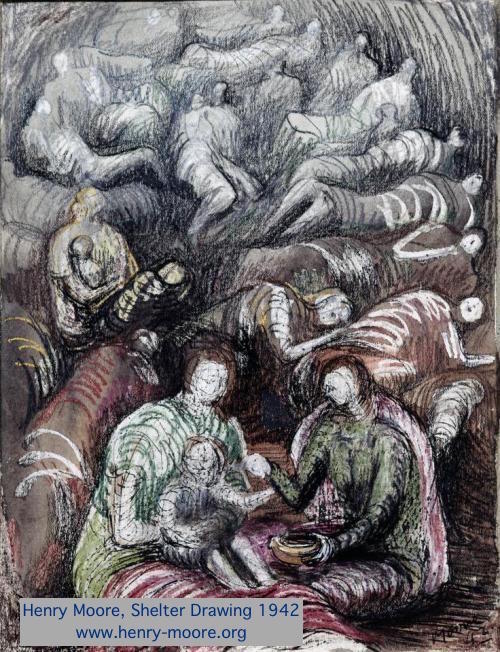
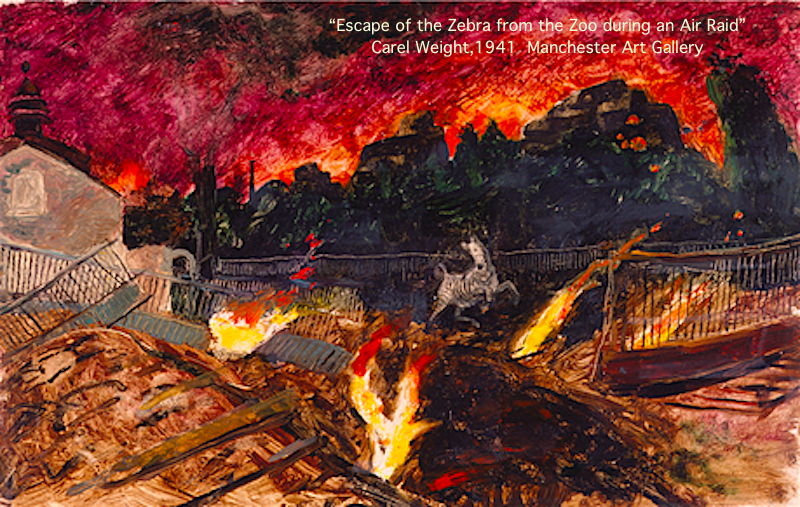
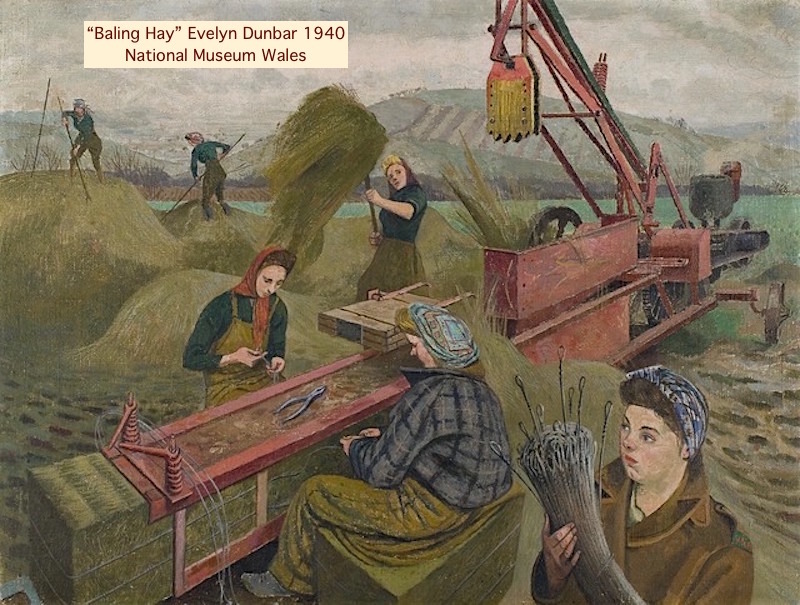
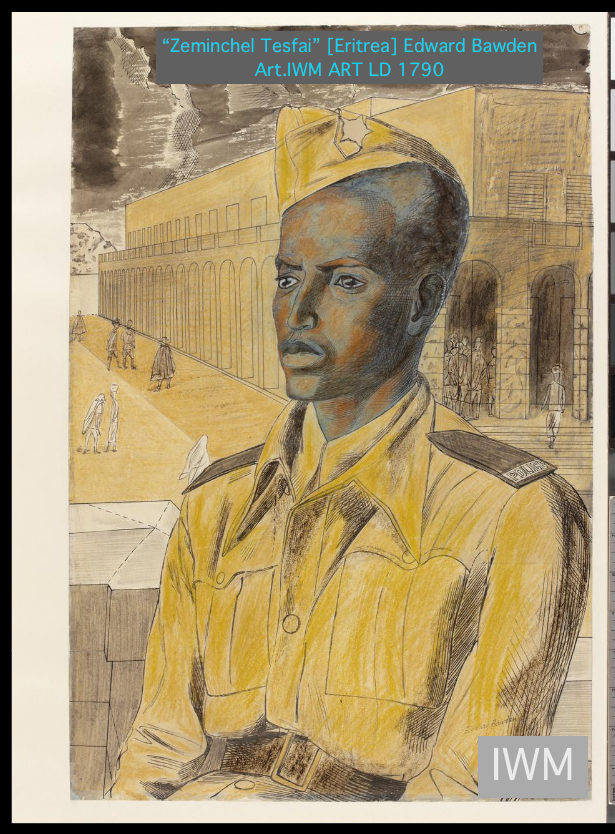
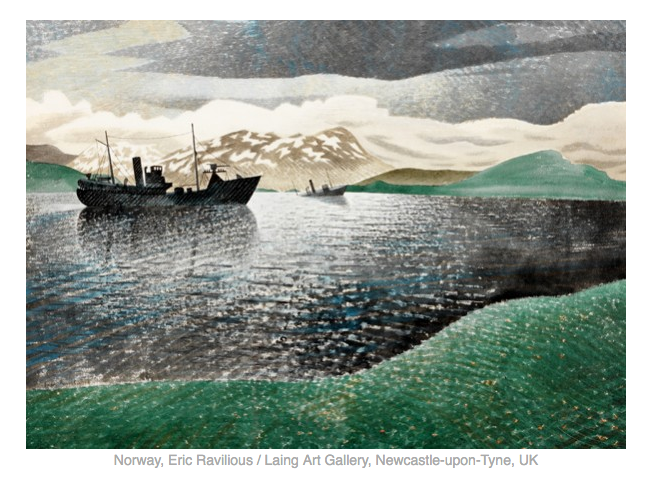
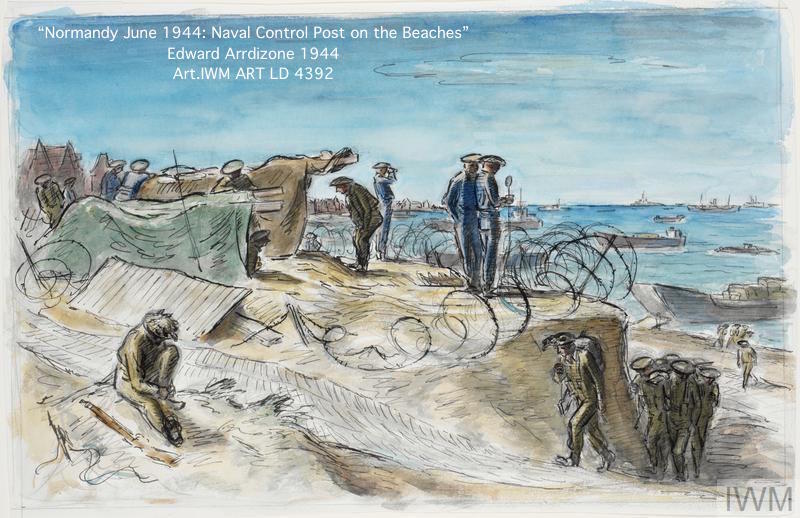
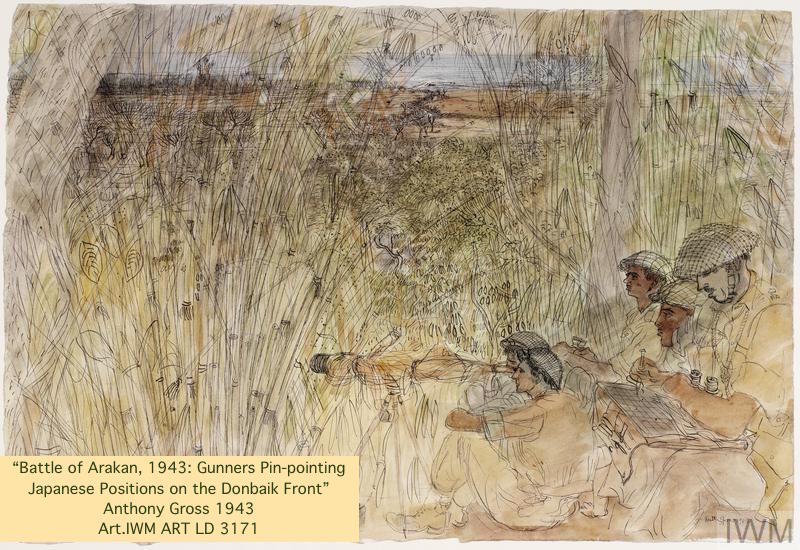
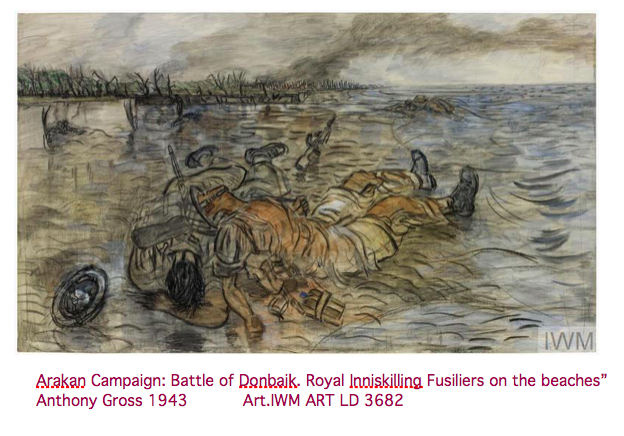
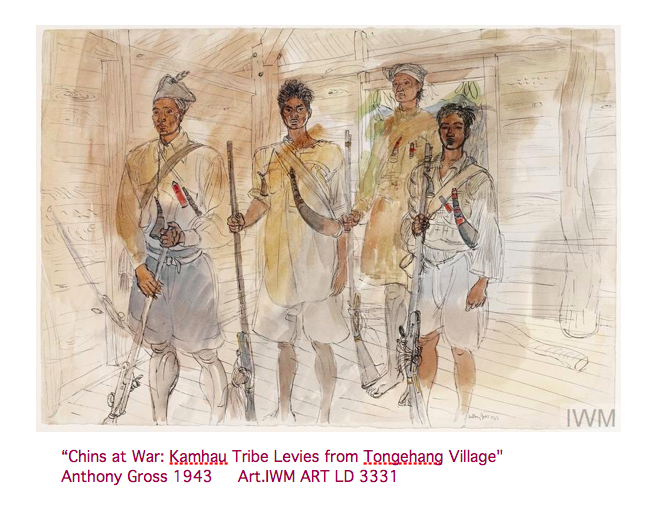
![7. Gross joined Hakha Chin soldiers on 450 mile [724 km] trek Falam to Manipur India and "painted tirelessly at every halt…” (J. Potter.) Gross’s paintings give us the best visual impression of WW2 in the land of the Chins, which is still a hard-to-reach region of highland Asia. 7. Gross joined Hakha Chin soldiers on 450 mile [724 km] trek Falam to Manipur India and "painted tirelessly at every halt…” (J. Potter.) Gross’s paintings give us the best visual impression of WW2 in the land of the Chins, which is still a hard-to-reach region of highland Asia.](https://pbs.twimg.com/media/Ef11lGmUMAABHcL.png)
